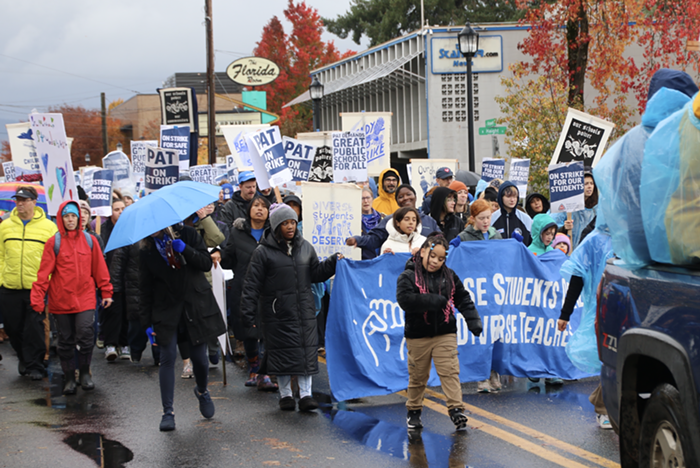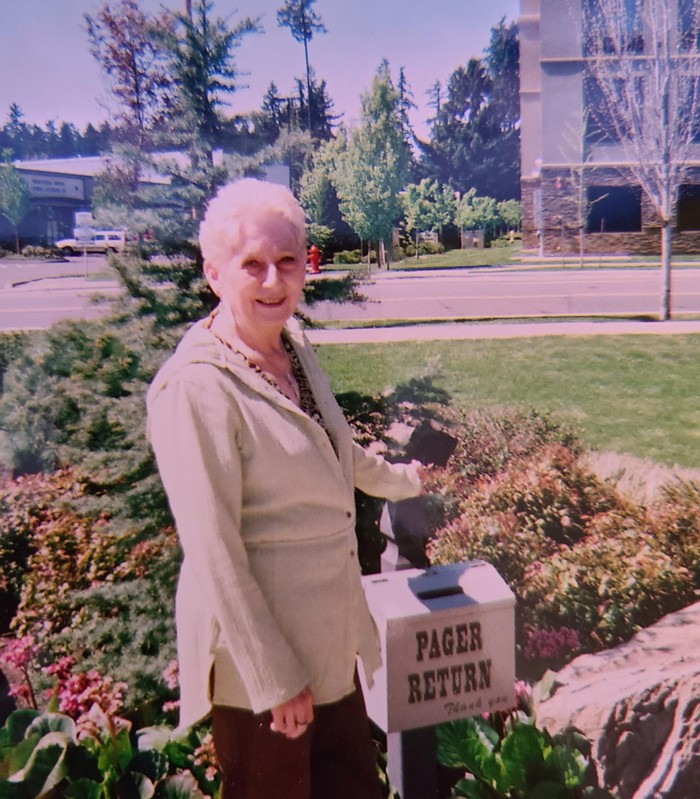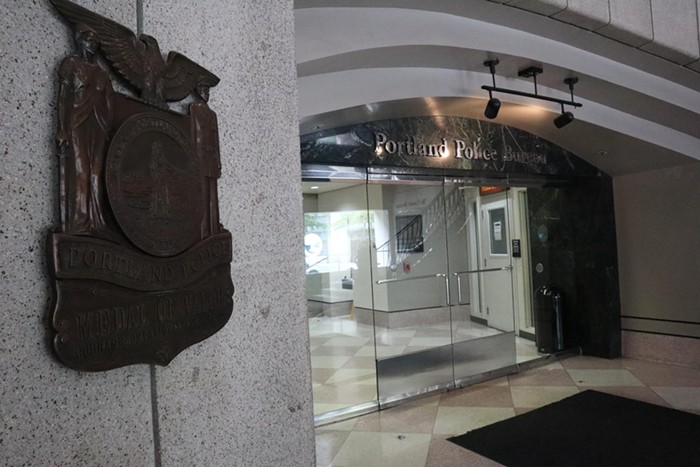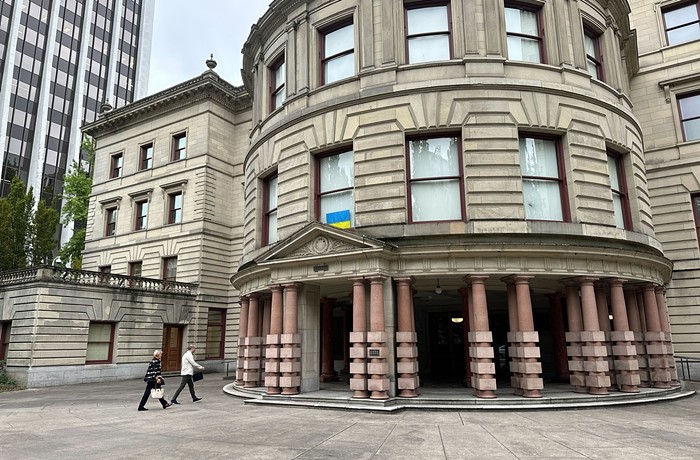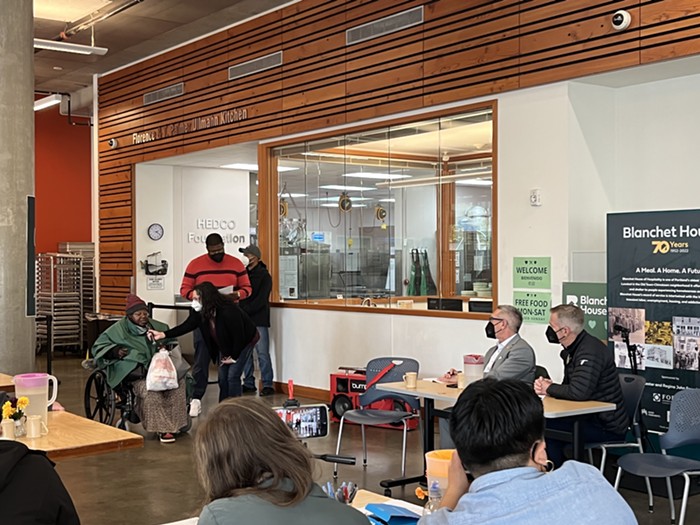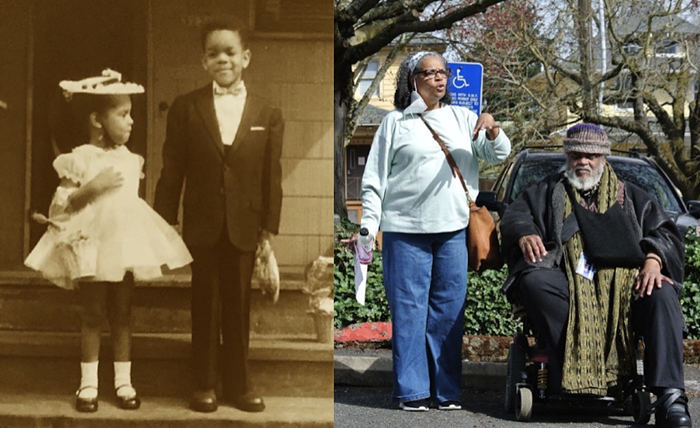I AM STANDING in the beer aisle at Fred Meyer—the nice one in Northwest. And I am counting the shiny six-packs of 16-ounce cans the megastore has laid out, only a few feet from where unnervingly tanned housewives from the hills are fondling refrigerated meats.
In all, I count 15 brands, taking up a vast chunk of display space. Many are swill (Keystone Light and Bud Light). A few are chic (Hamm's and Pabst Blue Ribbon).
But only one—Milwaukee's Best Ice, at nearly 6 percent alcohol—could remotely be considered the kind of cheap fuel that fires up a chronic drunk. It's about the selection you'd expect in a store clad in soft, natural wood and lit by a soft, natural glow.
And yet this tony store has been lumped into what could become an "alcohol impact area"—a swath of downtown, Northwest, and the Pearl where sales of high-octane beer and wine would be forbidden as part of a well-intentioned effort to curb street drinking. Under the proposal, up for city council discussion Wednesday, September 15, all those tallboys would have to go.
Fred Meyer, with its gourmet wines—especially the potent offerings from California—and Franzia boxes, would be treated the same as the dingy stores peddling Mad Dog in Old Town.
"It seems ridiculous," says Andrea Harmon, picking up a sixer of PBR tallboys she vows will linger in the fridge. She could go somewhere else, she says, but "this is where I come for all my shit."
The thing is, she really could go elsewhere. Hardcore drinkers certainly will. The zone does not include a nearby Trader Joe's and Whole Foods, or other markets, even though they are just as close as Fred Meyer to drunken hotspots. Some of those hotspots, near NW 23rd and Lovejoy, aren't even included in the zone—even though they're arguably worse than some that are.
People have noticed. That inconsistency is partly why Plaid Pantry, an early supporter, will not bless the plan in its current form. CEO Chris Girard suggests a much wider zone, enveloping the Pearl, Northwest, and the Eastside.
City officials know their zone isn't perfect, based as it is on clusters of arrests, detox calls, and markets.
They also say Wednesday's meeting is just one step in a process involving the Oregon Liquor Control Commission.
"It's a difficult question," says Theresa Marchetti of the Office of Neighborhood Involvement. "There are always going to be [markets] just outside."
So, okay, fine. It's tough to draw tidy lines around a messy human behavior. But, then, there's another question: Why even try?
